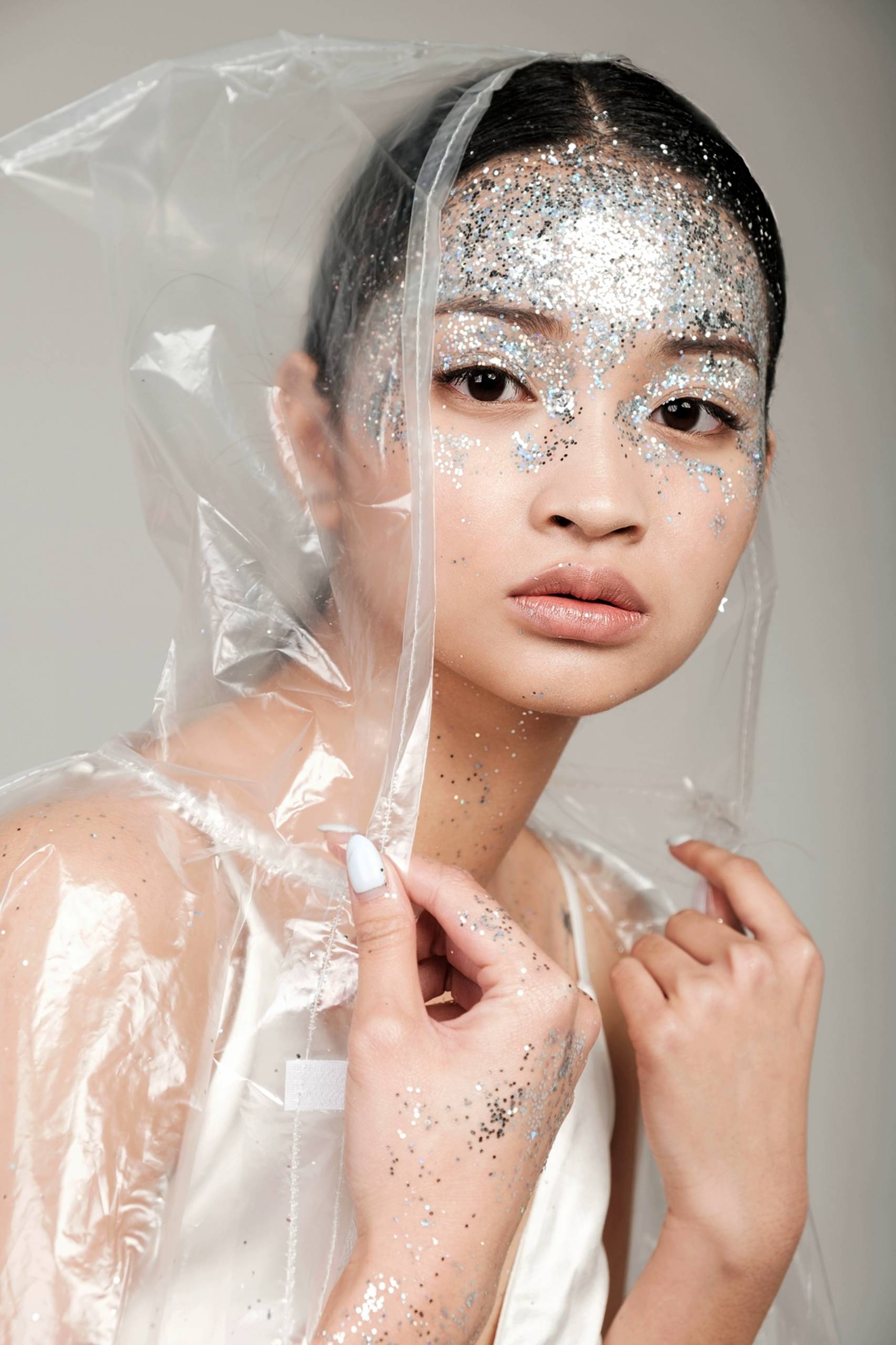In 2020, we saw bespoke lip augmentation, fillers and preventable injectables top the list of medical aesthetics trends. Then, the unexpected happened: COVID-19 took the world by storm and clinics that offer these procedures were forced to shutter.
Now in 2021, with worries about Zoom appearances at an all-time high, a slew of new trends have emerged including an increased popularity in non-invasive, long-lasting skin transformations like thread lifts.
Dr. Neel Bector (also known as the Lip Doctor and one of three doctors approved by Health Canada to perform thread lifts) has practiced within Ontario for over 20 years in the fields of family medicine, sports medicine and clinical weight loss. In 2001 he began cosmetic training and has become known as a true master in the field of non-invasive aesthetics throughout the GTA.

Dr. Neel Bector (a.k.a: The Lip Doctor)
While Dr. Bector continues to refine his techniques in the use of Botox, non-surgical nose procedures, dermal filler, body sculpting, contouring, hair restoration, and skin rejuvenation, he also works on his unique mission of redefining the way people view the cosmetic industry.
In this exclusive interview on STYLE Canada, Digital Editor Anastasia Barbuzzi chats with Dr. Bector about which cosmetic trends and procedures we can expect to see more of in 2021, how the cosmetic world has changed in the time of COVID, and more.

Before/after a Lip Doctor thread lift
AB: How has the cosmetic world changed and adapted during COVID?
Dr. B: The COVID-19 outbreak has posed challenges for almost everyone – clinics and practitioners are no exception, we face several financial and logistical challenges. We have had to close our doors due to lockdowns. When open, we take precautions to ensure that we limit the number of people in the clinic, sanitize all spaces in between patients, and ensure that staff and patients wear masks. We have also, whenever possible, used electronic communications and invoicing, rather than paper.
AB: Minimally invasive procedures are your main focus. Why?
Dr. B: My passion for helping patients achieve their desired results, without undergoing surgery, has pushed me to perfect my skill set and develop new techniques, which has created an outlet for me to integrate my artistic side into my career.
I have noticed that many people are bothered by concerns that don’t require big changes. The products that I work with allow for subtle improvements in symmetry, structure and anti-aging. When used correctly, they produce a beautiful result without much downtime and extensive costs. I enjoy the art of subtlety and the opportunity to enhance existing beauty in my patients.
AB: Do you believe that non-invasive and/or minimally invasive aesthetics have changed the way that people view the cosmetics industry?
Dr. B: The shift to non-invasive/minimally invasive treatments has made cosmetic procedures more mainstream and cost-effective. Celebrities are talking about the procedures that they have had done and people come in asking questions about what’s possible for them, without the downtime. New products in the minimally invasive space have made it easy for people to choose non-surgical cosmetic procedures to achieve their desired results.

A screenshot of Kim Kardashian with her cosmetic dermatologist Dr. Simon Ourian
AB: Why is your mission to redefine the way people view medical aesthetics?
Dr. B: People think that cosmetic procedures do not carry any risks – this is simply not true. Although the risks is much less than a surgical procedure, there can be complications. I am all about education. I encourage people to get proper consultations, ask questions, and ensure that a medical professional with the proper training and qualifications completes the procedure.
AB: Although social media has popularized the use of fillers, do you find that there’s more or less stigma surrounding women having ‘work done’?
Dr. B: Definitely less. I find that people are more open to talk about the work they have had done, but this still depends on the individual. Many of my younger clients come in with friends and often share great results and experiences on social media. Others are more private and appreciate that they can experience natural results that don’t scream ‘I’ve had something major done!’.
AB: What are some of the main concerns that women are coming to you with about their appearances?
Dr. B: The most common words I hear are ‘I’m tired of looking tired!‘. It is frustrating when there is a disconnect between how you feel and how you look. Dermal fillers for lip, nose, chin/jaw and under eye provide volume and contouring to enhance facial features. Botox for the forehead, glabella (the smooth part of the forehead above and between the eyebrows), and around the eyes to flush lines and wrinkles. Contouring of a double chin, abdomen, love handles, hips and butt area are also frequently requested treatments.
AB: What are the cosmetic trends and procedures we can expect to see more of in 2021?
Dr. B: With the approval of Silhouette Instalift in March 2020, the only thread that is Health Canada approved, I expect the insertion of threads will become more popular in 2021.
While the public starts to see what Threads can do, medical professionals will make it a point to get trained in their insertion and techniques to match this growing interest. There are also new forms of neuro-toxins, commonly called Botox, that are being developed. These will give longer lasting results than the three or four months achieved by the current options.
A trend in my own practice is being asked to use combined treatments to achieve results that are synergistic. I often put together a plan for my patients that includes threads, Botox, dermal fillers and laser/radio frequency-based treatments to achieve those ‘wow!‘ results.
AB: Thread lifts are becoming one of the most popular minimally invasive procedures, though there are plenty of misconceptions that come with them. As one of the few Canadian doctors trained to perform thread lifts, what can you tell us about them?
Dr. B: Thread Lifts are a great option for clients who are looking for long-lasting results that lift and rejuvenate the face. They are minimally invasive and require little downtime. The popularity of thread lifts worldwide continues to rise because they offer versatility of treatment without the risks of surgery.
Different types of threads should be used depending on the goal of treatment. For now, Health Canada has only approved Silhouette Instalift threads (Poly-L Lactic Acid). Polydioxane, PDO threads, commonly seen in internet searches, are not approved for use in Canada yet.
Our bodies break down threads over a three to six month period. The process of breaking down the threads causes new collagen to be formed, further enhancing the lift and rejuvenating the skin. The results of a thread lift are long lasting but not permanent as the aging process cannot be stopped.
Typically, a thread lift will need to be repeated after a two to four year time frame. Thread lifts, and in my opinion all medical aesthetic procedures, should be done in a clean setting (not a basement or home) where aseptic technique can be followed to minimize the risk of infections and complications.

Before/after a thread lift by the Lip Doctor
AB: As a family physician, you stress the prioritization of patient education in your practice. Why?
Dr. B: More information often means more misconceptions. People getting information from the internet and social media can be misinformed about the potential risks of cosmetic treatments and their limitations. I believe in giving patients information in plain language, so that they can make informed choices about their own body with realistic expectations. I encourage patients to ask as many questions as necessary. My goal is to help them fully understand the recommended procedure and individualize a treatment plan.
AB: We’re seeing women receive treatments like Botox younger and younger. Do you feel that patient education is especially important when it comes to working with young women and communicating the long-term effects of their decisions?
Dr. B: Young women and men receiving cosmetic treatments repeatedly, on a long-term basis, must be made aware of any possible risks or complications. Most cosmetic treatments have not been studied in individuals under the age of 18 and should be avoided. I am in favour of every patient being informed and educated about any procedure and treatment that they receive.
AB: Because social media has played such a large part in creating many of today’s cosmetic trends, there’s a lot of misinformation out there. What do you know about the level of patient education outside of your practice?
Dr. B: Patient knowledge and education is extremely inconsistent. People posting information on social media are often not trained in aesthetic medicine and can give incorrect or incomplete information. I encourage everyone seeking cosmetic treatments to ask practitioners about their training and qualifications. If you are getting a procedure done at a medi spa, make sure the location has a qualified medical director and find out who they are.
Have questions for Dr. Bector? Leave them in the comments below.









You must be logged in to post a comment Login